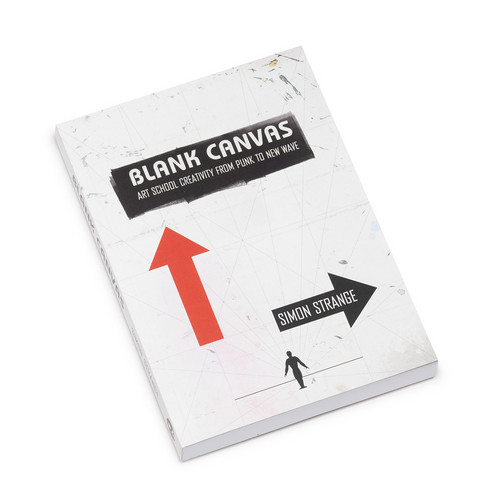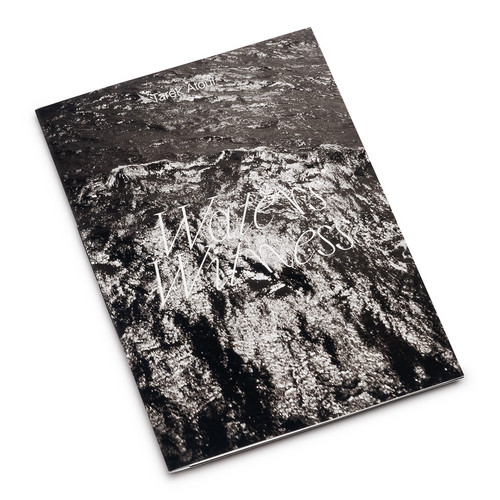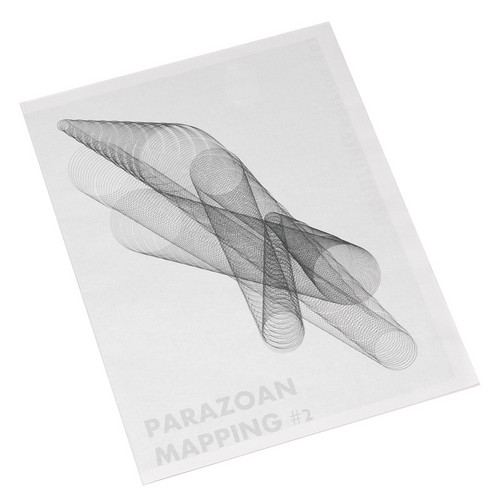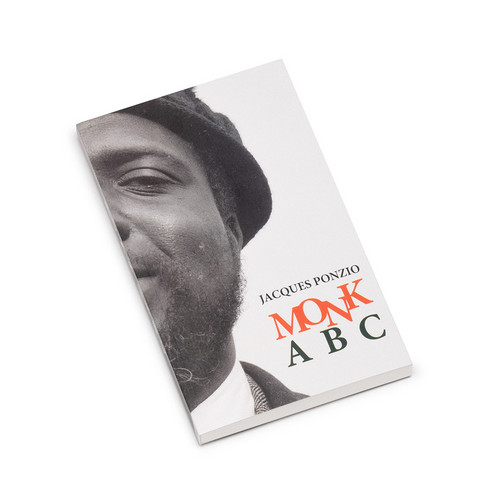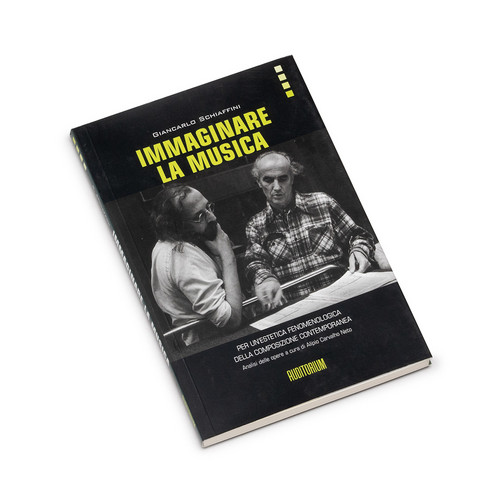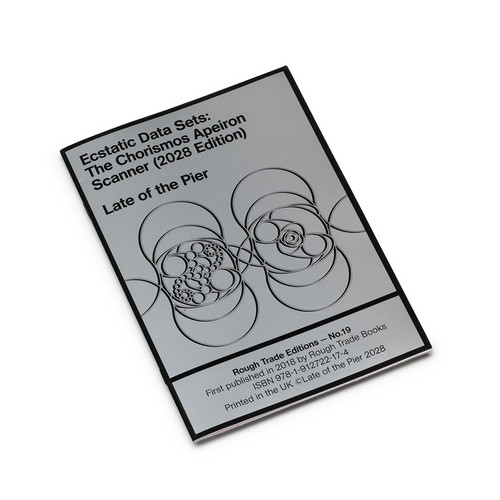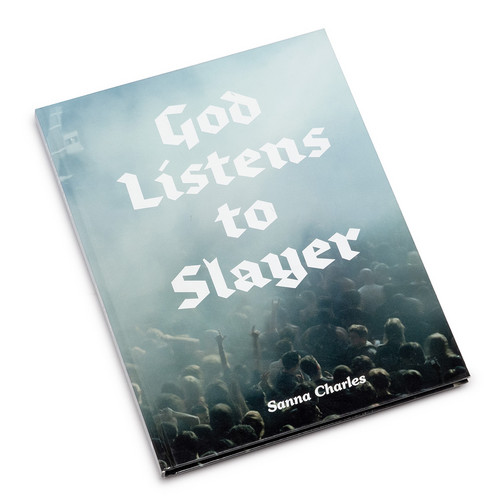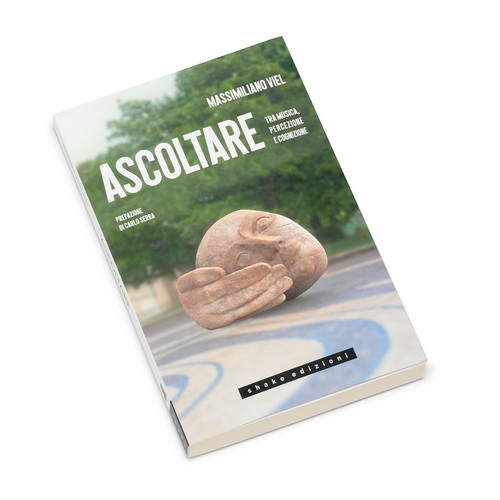Punk Art History (Book)
The punk movement of the 1970s to early 1980s is examined as an art movement through archive research, interviews, and art historical analysis. It is about pop, pain, poetry, presence, and about a ‘no future’ generation refusing to be the next artworld avant-garde, instead choosing to be the ‘rear-guard’. Skov draws on personal interviews with punk art protagonists from London, New York, Amsterdam, Copenhagen, and Berlin, among others the members Die Tödliche Doris (The Deadly Doris), members of…
Blank Canvas - Art School Creativity from Punk to New Wave (Book)
Art school Britain in the 1960s and 1970s – a hotbed of experimental DIY creativity blurring the lines between art and music. In Blank Canvas, multi-genre musician turned university lecturer Simon Strange paints a picture of the diverse range of people who broke down the barriers between art, life and the creative self. Tracing lines from the Bauhaus 'blank slate' through the white heat of the Velvet Underground and the cutting edge of the Slits, Blank Canvas draws on interviews with giants of t…
Waters' Witness #03 (Book)
An exploration of the soundscape of coastal cities by the French-Lebanese artist.
Parazoan Mapping #2 (Magazine + Digital Download)
Kindling #1: Parazoan Mapping #2 by Taku Unami and Eric La Casa is the first edition of an ongoing series of artist-run digital+paper sound-art releases, only available as a newspaper plus digital file. Through their individual practices, Taku Unami and Eric La Casa have contributed greatly to what we think about how we listen and practice sound and music, and often indirectly challenging where these two tightly linked categories might collide or overlap. Parazoan Mapping #2 continues their publ…
Monk ABC (Book)
*Text in English and French* A collection of quotations from Thelonious Monk, organized as an alphabet book. More than a hundred entries based on the testimonies of musicians (Steve Lacy, Sahib Shihab, Henri Renaud) and journalists (Leonard Feather, Ira Gitler, Val Wilmer…). “I never have dreamed. I would like to, but how?” New revised and augmented edition of the book first published in 2017. Jacques Ponzio is a French writer and musician, and a leading specialist on the works of Thelonious Mo…
Intermediary Spaces
New expanded edition of the book. In the long interview that forms the body of this publication, Éliane Radigue talks about her work, her reflections and underlying research, as well as her historical context. The publication also contains a commented list of works and Radigue's programmatic text on The Mysterious Power of the Infinitesimal. Éliane Radigue is considered one of the most innovative and influential contemporary composers, from her early electronic music through to her acoustic work…
Trampelpfadnomainroad (Book + CD)
*Limited Edition of 50 copies signed by the Artist!* Catalog for the exhibition about Limpe Fuchs as part of ARTS accents. 48 pages with numerous mostly colored pictures and enclosed CD compilation "Limpe & Ensembles: Aufnahmen 1981 - 2017".
Glimpses Of The Inner Firmament (Book)
* Limited Edition of 50 Copies ** Signed*Very nice artists' book by Margarida Garcia. Limited edition of 50 copies. Signed and numbered.
Il Giro Del Mondo Con Un Tavolino (Book)
*Italian Language Edition* Era un pomeriggio assolato del maggio 1974 quando Roberto si ritrovò in un mercatino di ferri vecchi a Milano e… fu amore a prima vista. Non sapeva a cosa gli sarebbe servito quel vecchio e rugginoso tavolino, ma si fece guidare dalla sua passione per gli oggetti stravaganti e lo acquistò. Scopri il giro del mondo con un tavolino da Milano a Roma, poi Pisa e Venezia, e ancora Parigi, Berlino, Londra, Amsterdam, fino a New York.
Kopioitu (Book)
*2024 stock* A double exhibition, a mirroring situation or a splitting divergent show between Helsinki and Brussels. Cut/copy as a secession from site-specificity.A literary approach to the dichotomy of an original and its copy is needed here. Site-specificity is questioned, as well as the increasing demand of tailored art practices providing institutions and administrations. No precise orders will be given regarding the site-specificity question, so the epicentrum of this experiment is a consi…
Split Friction (Book)
*300 copies. Texts in English and German* Split Friction is an interdisciplinary project by Birgit Ulher that moves in the field of tension between exhibition, video, performance, concert and sound installation. The videoworks "How to Get Away I & II", "How to Get Away by Car", "Wanderlust", "Flotsam & Jetsam" contain moving object sounds in indoor and outdoor spaces, which were recorded in places with special acoustic properties. The sound and concert installations "Public Transport" and "Robo…
Escalier Sous La Pluie (Book + Mini CD)
*Text in French* A staircase drips, not with water but with sound: book / CD dedicated to Fritz Hauser's impressive "sound drawing" for the Vincent van Gogh Foundation in Arles.
Piero Umiliani In Parole E Musica (Book)
* Italian Language Edition * 2023 Stock * Piero Umiliami era un grande musicista, tra i padri del moderno jazz italiano. Era un compositore di musiche per il cinema: oltre a "I soliti ignoti", ne ha firmate altre 150 almeno. Piero Umiliani ha scritto "mah-nà mah-nà", sigla del Muppet Show, e "Il valzer della toppa", col testo di Pasolini. Ha scritto anche sigle televisive per 90° minuto, la Domenica Sportiva, La Corrida... Piero Umiliani era un artista di talento, ma anche un artigiano interessa…
Immaginare La Musica (Book)
* Italian Language Edition * 2023 Stock* Descrizione Immaginare la musica. Per un'estetica fenomenologica della composizione contemporanea. Dopo aver affrontato il ruolo dell'improvvisazione nella musica moderna in "E non chiamatelo jazz" e aver celebrato l'ascolto quale momento indispensabile di una fenomenologia del discorso musicale in "Tragicommedia dell'ascolto", completando una originale trilogia sulla musica del nostro tempo, in questo volume Giancarlo Schiaffini affronta le forme della c…
Bodybuilding (Book + CD)
Berlin-based artists Serge Baghdassarians and Boris Baltschun retrace mathematician and astronomer Charles-Marie de La Condamine's journey to South America, though instead of the tropical wilderness, they’ve measured the urban jungle of Rio de Janeiro. Instead of compass and quadrant, their tools are microphone and recorder. What remains unchanged is the physical effort of exploring foreign terrain. On foot, and with an assortment of quasi-ritual exercises, the artists move from their residence …
Sketches Of Laugh And Decay (Book + Mini CD)
Very nice artists' book from Stefan Roigk. The musique concrète composition "Sketches Of Love And Delay" continues the multilayered black and white illustrations of the book "Sketches Of Laugh And Decay". It reveals the relationship between exclusively graphical scores and formulated sound collages. From the series Art & Theory of Künstlerhäuser Worpswede, Vol. 10.
Miettes (Book)
In reading this text, we rediscover the subtle pleasure we feel when listening to Michel Doneda's solo concerts. Beneath an apparent disorder in which intuition alone seems to guide the unfolding of a pointillist discourse, a highly structured thought process emerges.Never relinquishing primacy to the sensitive approach, Michel Doneda delivers a reflection on improvisation, tested by decades of uncompromising personal practice. Like his music, Doneda's writing gives pride of place to the quality…
Ecstatic Data Sets: The Chorismos Apeiron Scanner (2028 Edition) (Book)
Ecstatic Data Sets is a manual for a music-making machine of the near future. Whilst the technology already exists, these ideas are meant as a speculative projection, if read with a sympathetic ear this book could soon transform inside your mind and become the machine itself. Read it like a compressed file—unzip your imagination and consider a future where music can once again change the world.
God Listens To Slayer (Book)
Sanna Charles has been documenting tribes of Slayer fans around Europe for over a decade. She was drawn to their escapism, and the contradiction between this extreme music and the innocence of their often youthful fans.God Listens to Slayer is a snapshot of a culture that has endured defiantly unchanged over the past 32 years, and an homage to true fans around the world.
Ascoltare. Tra Musica, percezione e cognizione (Book)
*Italian language edition* Se qualcuno, mettiamo una persona con un profondo deficit uditivo fin dalla nascita, ci ponesse la domanda “che effetto fa ascoltare?”, probabilmente noi non sapremmo cosa dire. Cosa succede quando ascoltiamo un brano musicale? E cosa c’è di diverso rispetto a quando percepiamo rumori ambientali o una persona che parla? È possibile pensare l’ascolto in modo da non doversi limitare a un solo specifico caso, come quello della musica, ma da poter affrontare la diversità d…

